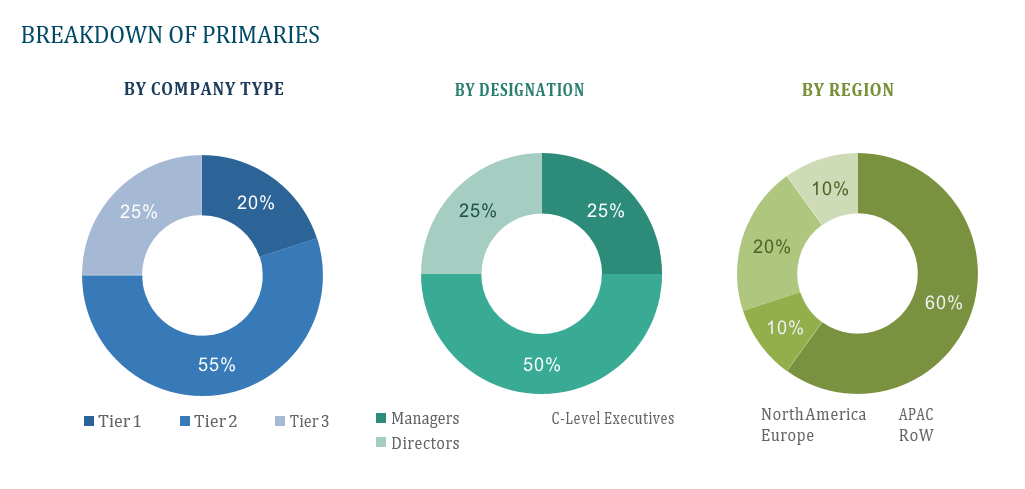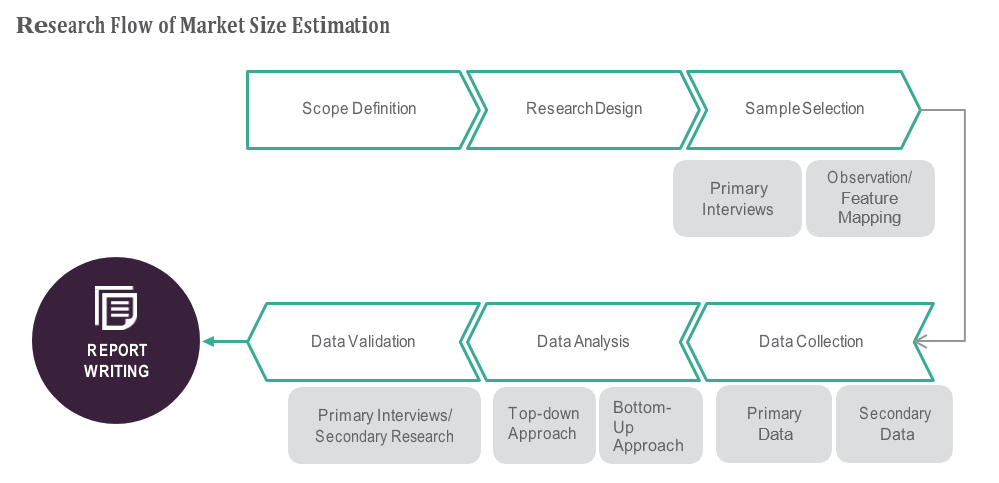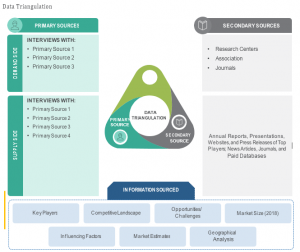OVERVIEW
The Smart Cities Market is currently valued at USD 549.1 billion in 2024 and will be growing at a CAGR of 15.1% over the forecast period to reach an estimated USD 1,114.4 billion in revenue in 2029. The Smart Cities Market refers to the broad and dynamically evolving sector centred on the integration of technology, data analytics, and digital innovation to enhance the quality of life, operational efficiency, and sustainability of urban areas. This market encompasses a wide range of solutions including smart infrastructure, intelligent transportation systems, energy management, smart water networks, waste management technologies, and IoT (Internet of Things) applications for monitoring and managing city assets. Driven by urbanization, environmental concerns, and the need for resource optimization, the Smart Cities Market is characterized by its focus on connectivity, real-time data analysis, and automation to support informed decision-making and improve urban services. As cities around the world strive to become more liveable and resilient, the demand for smart city solutions is increasing, leading to partnerships between governments, technology providers, and private stakeholders to create interconnected and sustainable urban ecosystems.
The growth of the Smart Cities Market is propelled by several key drivers, including rapid urbanization, which demands more efficient management of city resources and services; the need for environmental sustainability, pushing cities to adopt green technologies and reduce carbon footprints; advancements in IoT, AI, and big data analytics, enabling more effective data collection, analysis, and application for city management; and increasing government initiatives and investments in smart city projects to enhance public safety, transportation, and citizen services. Additionally, the rising demand for smart infrastructure capable of supporting an urban population’s needs—ranging from energy management to intelligent transportation systems—further accelerates market growth. These drivers collectively underscore the push towards creating more connected, efficient, and sustainable urban environments that can cater to the growing complexities of urban living.
Market Dynamics
Drivers:
The growth of the Smart Cities Market is propelled by several key drivers, including rapid urbanization, which demands more efficient management of city resources and services; the need for environmental sustainability, pushing cities to adopt green technologies and reduce carbon footprints; advancements in IoT, AI, and big data analytics, enabling more effective data collection, analysis, and application for city management; and increasing government initiatives and investments in smart city projects to enhance public safety, transportation, and citizen services. Additionally, the rising demand for smart infrastructure capable of supporting an urban population’s needs—ranging from energy management to intelligent transportation systems—further accelerates market growth. These drivers collectively underscore the push towards creating more connected, efficient, and sustainable urban environments that can cater to the growing complexities of urban living.
Key Offering:
The Smart Cities Market offers a diverse portfolio of solutions designed to enhance urban living and operational efficiency. Key offerings include intelligent transportation systems that optimize traffic flow and public transit; smart energy grids that improve energy distribution and consumption efficiency; IoT-enabled infrastructure for real-time monitoring and management of city assets; smart lighting systems that adjust based on real-time conditions to save energy; and advanced waste management systems for more efficient trash collection and recycling processes. Additionally, smart water management technologies ensure sustainable water use and quality monitoring, while digital platforms for public safety and emergency response enhance urban security. These offerings are supported by data analytics and AI, providing insights for better decision-making and facilitating seamless integration across different city services, ultimately aiming to create more sustainable, efficient, and livable cities.
Restraints :
The market for smart cities is expanding, but there are a few obstacles in the way. Many cities, particularly those in developing regions with limited finances, may find it prohibitive to adopt smart technologies and infrastructures due to their high initial investment costs. The intricacy of incorporating new technology into pre-existing urban infrastructures is another issue. This process can be time-consuming and technically difficult. Adoption of smart city technologies is hindered by privacy and security worries about the massive volumes of data they collect and handle. These issues stem from fears of data breaches and misuse. Furthermore, the scalability and interoperability of smart city systems may be hampered by the absence of standardisation across many platforms and technologies. Lastly, there’s frequently a need for more public knowledge and comprehension of the advantages of smart city projects, which can result in opposition or apathy from the populations they’re meant to aid. To fully realise the potential of smart cities, strong policy frameworks, significant investment, and careful planning are required.
Regional Information:
In North America, particularly in the United States and Canada, there is a strong focus on leveraging advanced technologies like IoT, AI, and big data to enhance urban infrastructure, mobility, and public services. Europe stands out for its commitment to sustainability and environmental goals, with numerous cities adopting smart solutions to reduce carbon emissions and promote green living. Asia-Pacific, led by countries like Singapore, South Korea, Japan, and China, is rapidly emerging as a hotbed for smart city development, driven by rapid urbanization, technological innovation, and substantial government investments in smart infrastructure. The Middle East, particularly the UAE and Qatar, is investing in smart city technologies as part of broader economic diversification and modernization efforts. Meanwhile, Latin America and Africa are gradually embracing smart city solutions, focusing on improving public services and urban resilience, albeit at a slower pace due to economic and infrastructural constraints. This regional diversity underscores the global interest in developing smart cities tailored to local needs and capacities.
Recent Developments:
• In June 2022, Siemens Smart Infrastructure (SI) signed an agreement to acquire Brightly Software, a leading U.S.-based software-as-a-service (SaaS) asset and maintenance management solutions provider. The acquisition elevates SI to lead in the building and infrastructure software market.
• In February 2022, IBM acquired Neudesic, a leading Microsoft Azure Consultancy. This acquisition aims to expand IBM’s portfolio of hybrid multi-cloud services and further influence the company’s hybrid cloud and AI strategy.
Key Players:
Frequently Asked Questions
1) What is the projected market value of the Smart Cities Market?
– The Smart Cities Market is expected to reach an estimated value of USD 1,114.4 billion in revenue by 2029.
2) What is the estimated CAGR of the Smart Cities Market over the 2024 to 2029 forecast period?
– The CAGR is estimated to be 15.1% for the Smart Cities Market over the 2024 to 2029.
3) Who are the key players in the Smart Cities Market?
– Cisco Systems, Inc., IBM Corporation, Siemens AG, Schneider Electric, Huawei Technologies Co., Ltd., Intel Corporation, Microsoft Corporation, Oracle Corporation, Hitachi, Ltd., Ericsson.
4) What are the drivers for the Smart Cities Market?
– The Smart Cities Market is growing due to factors like rapid urbanization, environmental sustainability, IoT, AI, and big data analytics advancements, government investments, and the demand for smart infrastructure. These drivers drive the creation of connected, efficient, and sustainable urban environments.
5) What are the restraints and challenges in the Smart Cities Market?
– Key challenges in the Smart Cities Market include high implementation costs, complexity, and standardization issues. Variability in protocols impacts result reliability. Computational challenges arise from the vast data generated. Ethical concerns, regulatory compliance, and potential invasiveness in clinical settings pose additional hurdles, necessitating careful consideration for widespread adoption and success.
6) What are the key applications and offerings of the Smart Cities Market?
– The Smart Cities Market offers various solutions to improve urban living and operational efficiency, including intelligent transportation systems, smart energy grids, IoT-enabled infrastructure, smart lighting, waste management, smart water management technologies, and digital platforms for public safety. These solutions are supported by data analytics and AI, aiming to create sustainable, efficient, and livable cities.
7) Which region is expected to drive the market for the forecast period?
– North America is expected to have the highest market growth from 2024 to 2029
Why Choose Us?
Insights into Market Trends: Global Market Studies reports provide valuable insights into market trends, including market size, segmentation, growth drivers, and market dynamics. This information helps clients make strategic decisions, such as product development, market positioning, and marketing strategies.
Competitor Analysis: Our reports provide detailed information about competitors, including their market share, product offerings, pricing, and competitive strategies. This data can be used to inform competitive strategies and to identify opportunities for growth and expansion.
Industry Forecasts: Our reports provide industry forecasts, which will inform your business strategies, such as investment decisions, production planning, and workforce planning. These forecasts can help you to prepare for future trends and to take advantage of growth opportunities.
Access to Industry Experts: Our solutions include contributions from industry experts, including analysts, consultants, and subject matter experts. This access to expert insights can be valuable for you to understand the market.
Time and Cost Savings: Our team at Global Market Studies can save you time and reduce the cost of conducting market research by providing comprehensive and up-to-date information in a single report, avoiding the need for additional market research efforts.









